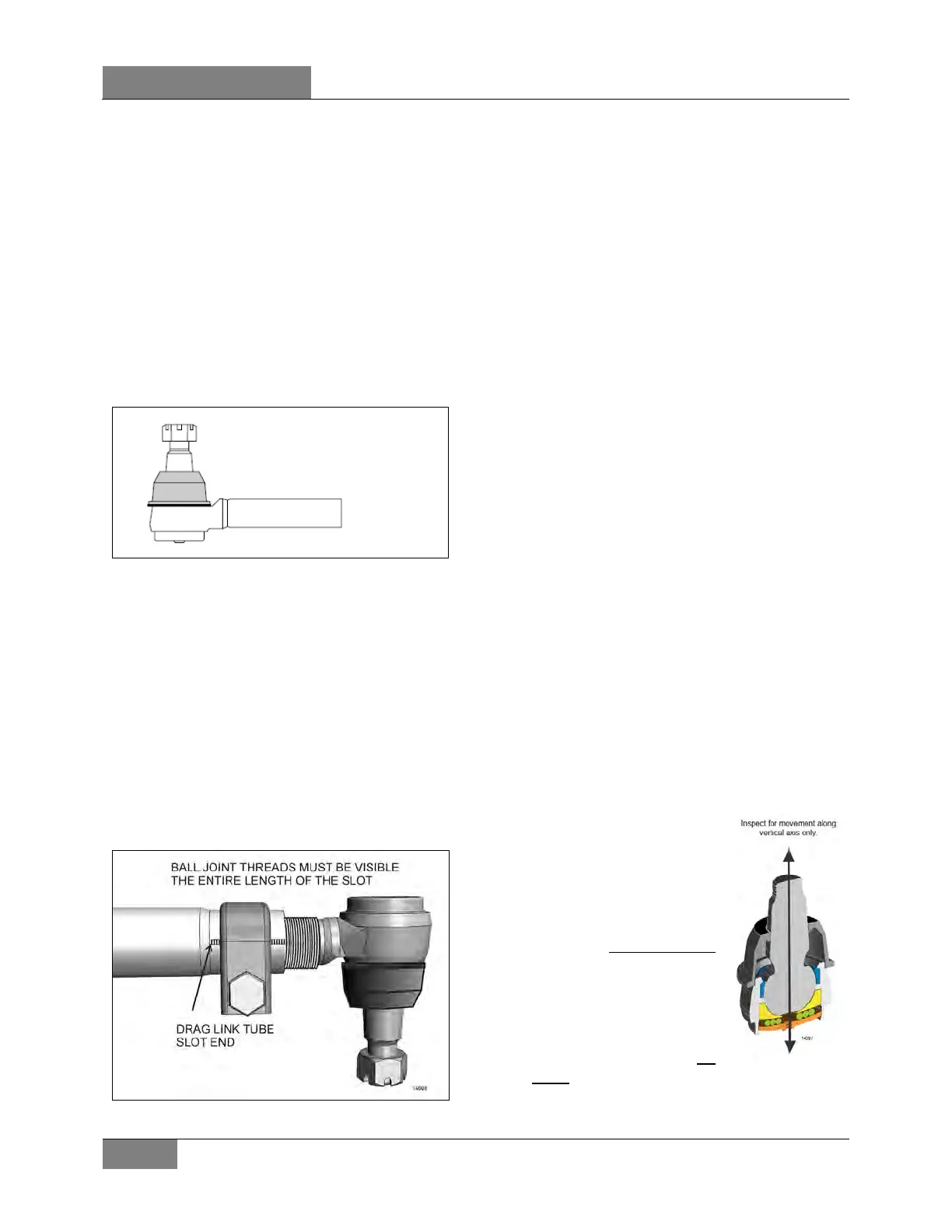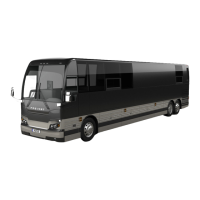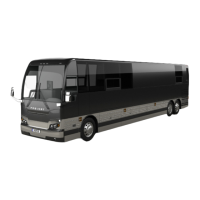DOB 1300-1556 | X3-45 Commuter PA-1648 Maintenance Manual First release Oct 2020
5. If there is no corrosion or damage to the
sealing boot or dirt seal, smear the steering
arm with Lithium grease and push seal back
into its properly seated position.
When dismantling the drag link, ensure that no
damage is caused to the sealing boots, dirt
seals or ball joint housings.
13.10 STRAIGHT BODY TYPE BALL JOINT
This type includes ball joints where the threaded
shank is slightly bent like those that are found
on the tie rod and draglink.
FIGURE 36: STRAIGHT BODY TYPE BALL JOINT
13.10.1 Visual Inspection
• Visually inspect for missing or damaged
grease fittings and replace if required.
• Damaged sealing boot or improper sealing
requires seal replacement or complete
replacement.
• Check ball joint connection for missing
cotter pins.
• Check for looseness in the ball/socket
assembly.
FIGURE 37: ADEQUATE CLAMPING CONDITION
For adequate clamping, the ball joint threads
must be visible the entire length of the tube slot.
If not, the tube must be adjusted or replaced. It
is either the wrong size, or improper adjustment
was used to compensate for another problem
(e.g. bent steering components).
No heavy corrosion is accepted for the clamps or
screws.
Nuts and screws must be firmly in place.
13.10.2 Straight Body Type Ball Joint End Play
and Looseness
What creates movement in sockets?
In each straight body type ball joints, the
compressive force of the spring creates resistive
torque by applying a constant load on the
bearing and stud.
As wear occurs on the components, the spring
creates less resistive torque. With less torque,
you no longer have the precise joint needed for
optimum steering, but you do still have a safe
linkage. When all compression is lost, it’s
time to replace the linkage. This wear can be
caused by impact, lack of lubrication and normal
wear.
1. With vehicle engine on, lightly rock the
steering wheel while checking for looseness
in any threaded joint. Observe any
looseness in the two mating tapers or any
movement of the ball pin nut. Any looseness
requires further inspection. If either of the
mating tapered parts shows distortion or
wear, both parts must be replaced.
2.
wheels straight ahead and
no force is being exerted
on the linkage by the
steering gear, push and
pull the ball joint in and
out by hand
force)
the bal
movement is detected, the
ball joint is safe. Any
movement detected by
hand will require the
replacement of the ball
joint.

